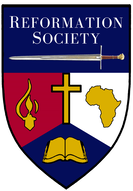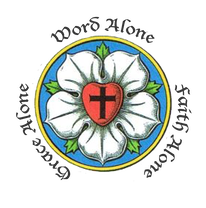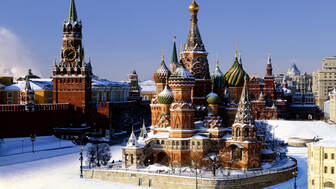 To listen to an audio presentation on this article, Click Here Atheism was the official doctrine of the Soviet Union. Throughout the history of the Soviet Union, Communist authorities vigorously enforced the ideology of Marxism/Leninism and violently persecuted Christianity. The Gulag Archipelago Over 49,000 churches were destroyed and over 66 million people died in the massacres, man-made famines and in the over 1,800 communist concentration camps, which Aleksandr Solzhenitsyn described as the Gulag Archipelago. Aggressive Atheism The Soviet Union was committed to the complete annihilation of all religious institutions and ideas. Militant atheism was central to the ideology of the Communist Party of the Soviet Union. The state established atheism as their only "scientific truth". Any criticism of atheism, or of the state's anti-religious policies, was forbidden and could lead to forced retirement, arrest and imprisonment. 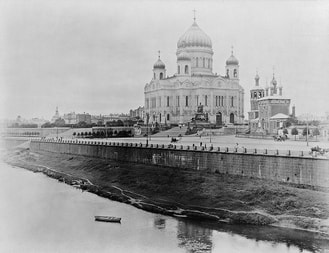 Annihilation of Christianity Lenin declared that religion is an obstacle to the construction of a communist society and therefore the annihilation of all religion, and replacement with atheism, was the most important ideological goal of the state. Solovetski Island In 1922, at the first prototype Russian concentration camp, in the former Orthodox monastery of Solovetski, established on the Solovetski Island in the White Sea, 8 metropolitans, 20 archbishops and 47 bishops of the Orthodox Church were killed. 95,000 believers were executed by firing squad on Solovetski Island. 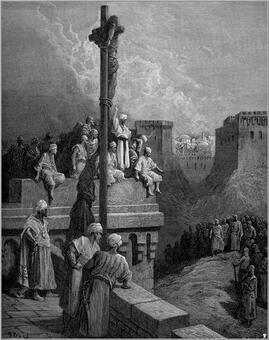 Murdering Ministers In the first 5 years of the Bolshevik Revolution, 28 bishops and 1,215 priests were executed. In 1922, another 8,000 priests were killed. All of this was carried out under Vladimir Lenin, before the accession to power of Joseph Stalin. During the purges of 1937 to 1938, 168,300 Russian Orthodox clergy were arrested. Of these ministers, over 100,000 were shot by the KGB, in less than two years. Replacing Churches with Houses of Atheism The League of the Militant Godless (LMG) failed to receive widespread support from the public despite vast state resources to promote it. In 1959, Nikita Khrushchev closed 12,000 churches in a new wave of communist persecution. The communist attempt to establish a state church with Houses of scientific Atheism in Russian cities proved a dismal failure. By the end of the Khrushchev era, it was estimated that another 50,000 clergy had been executed by the KGB in the Soviet Union. 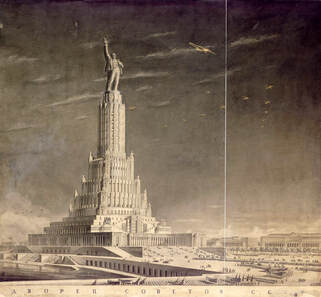 Eradicating Christianity At the time of the Bolshevik Revolution, 1917, there were 50,000 Orthodox parishes, 1,000 monasteries and 60 Theological colleges in the Russian Empire. By 1941, less than 200 congregations remained in the Soviet Union and not one single monastery, or seminary, remained. A Resurgence of Faith Yet today, the Orthodox Church in Russia has over 30,000 parishes, 8,000 monasteries and 100 Theological seminaries. This is not even counting the other denominations in the Russian Federation. (Operation World identifies 74 Protestant denominations in Russia with almost two million affiliates, 13 Independent denominations, 22 Orthodox denominations, as well as Anglicans and Catholics.) 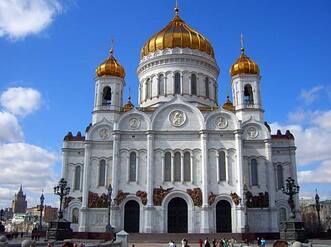 Christ the Saviour Cathedral Symbolic of the failure of atheism and the triumph of faith in Russia is Christ the Saviour Cathedral. This cathedral was destroyed in 1931 by the order of Communist dictator, Joseph Stalin. The cathedral of Christ the Saviour, on the Northern bank of the Moskva River, in Moscow, was built during the 19th century. It took more than 40 years to construct. In 1931 it was demolished by order of the communist dictator Joseph Stalin. The demolition was supposed to make way for a colossal Palace of the Soviets that was never built. Commemorating 1812 The original church was the scene of the 1882 world premiere of the world famous 1812 Overture by Tchaikovsky. Christ the Saviour Cathedral had been constructed on the initiative of Tsar Alexander I upon the Russian victory over Napoleon Bonaparte when he retreated from Moscow, 25 December 1812. The Tsar declared: "To signify our gratitude to Divine providence for saving Russia from the doom that overshadowed her..." the cathedral was to be constructed as a memorial and a testimony to God's saving grace and answer to prayer. The church was modelled on the Hagia Sophia in Constantinople. The cathedral was consecrated 26 May 1883, the day before Alexander III was crowned. 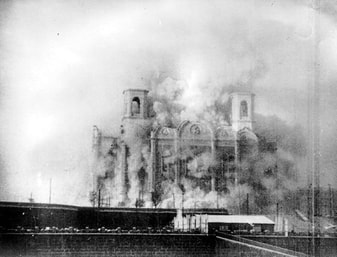 The Gates of Hell Will Not Prevail Joseph Stalin determined to demolish this iconic church. On 5 December 1931 the Cathedral of Christ the Saviour was dynamited and reduced to rubble. It took more than a year to clear the debris from the site. Joseph Stalin determined to erect a Palace of the Soviets in modernistic buttressed tiers on the site, supporting a gigantic statue of Lenin perched on top of the dome with his arm defiantly raised in the air. Lack of funds, problems with flooding from the nearby Moscow River, and the outbreak of war in 1941, prevented this project from succeeding. Under Nikita Khrushcev it was transformed into the world's largest open air swimming pool. Reconstruction In February 1990, the Russian Orthodox Church received permission from Boris Yeltsin's government to rebuild the Cathedral of Christ the Saviour. Donations were collected from one million Russian citizens and the cathedral was consecrated on 19 August 2000. In 2000, the cathedral was the venue for the canonization of the Romanovs when the murdered Tsar Nicholas II and his family were recognised as saints. 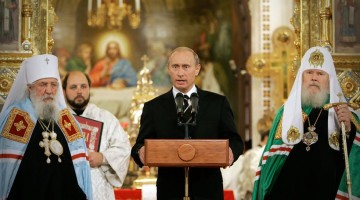 From Atheism to Orthodox Christianity The Orthodox Church is now Russia's largest and most important non-governmental organisation. Church symbols, rituals, moral values and teachings are playing a leading role in shaping national society. Up to 80% of Russians claim to be Orthodox members and to have been baptized. The Russian Orthodox Church is building 200 new churches in Moscow alone. Sretensky Monastery Another example of the failure of atheism and the triumph of faith in Russia is the Sretensky Monastery, in Moscow, founded in 1397 to commemorate the miraculous deliverance of Russia from Tamerlane and the Mongol invasion. It was closed by the Soviets in 1925 and used by the Secret Police for imprisonment and executions. Today Sretensky Monastery has been re-opened and its outstanding choir is world famous, having sung at the opening of the Winter Olympics in Sochi. 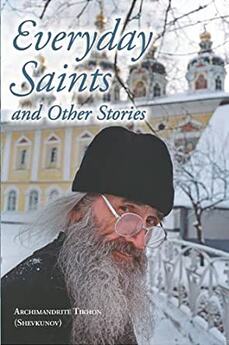 Everyday Saints Bestseller The Archimandrite Tikhom, head of Sretensky Monastery, is the author of Everyday Saints, a 600-page book which gives the testimony of his journey from Marxist atheism to Christianity. Over 1.5 million copies of this book have been sold in Russia and millions more in other languages worldwide. Tikhom is a man that President Vladimir Putin turns to for counsel. Family Conference With the Russian government hosting an International Conference on Family and Christian values, appointing chaplains in the military, printing Bibles for hotels and attending services in the cathedral of Christ the Saviour, the failure of the atheist experiment in Russia is complete. 70 Years of atheist propaganda and violent communist persecution failed to exterminate the vibrant Christian Faith of the Russian people. "On this Rock I will build My Church, and the gates of hell shall not prevail against it." Matthew 16:18 Dr. Peter Hammond Frontline Fellowship P.O. Box 74 Newlands 7725 Cape Town South Africa Tel: 021-689-4480 Fax: 086-494-8070 Email: [email protected] Website: www.frontlinemissionsa.org
0 Comments
Leave a Reply. |
History ArticlesCategories
All
Archives
May 2023
|
- Home
-
History Articles
- History Articles
- All Categories
- Character Studies
- Greatest Century of Missions
- Greatest Century of Reformation
- Reformation In Bohemia
- Reformation In England
- Reformation In France
- Reformation In Geneva
- Reformation In Germany
- Reformation In Italy
- Reformation In Scotland
- Reformation in Switzerland
- Victorious Christians
- Contemporary Articles
- Resources
- Contact
- Donate
|
The Reformation Society
PO Box 74, Newlands, 7725, South Africa Tel : (021) 689-4480 Email: [email protected] Copyright © 2022 ReformationSA.org. All rights reserved |
- Home
-
History Articles
- History Articles
- All Categories
- Character Studies
- Greatest Century of Missions
- Greatest Century of Reformation
- Reformation In Bohemia
- Reformation In England
- Reformation In France
- Reformation In Geneva
- Reformation In Germany
- Reformation In Italy
- Reformation In Scotland
- Reformation in Switzerland
- Victorious Christians
- Contemporary Articles
- Resources
- Contact
- Donate
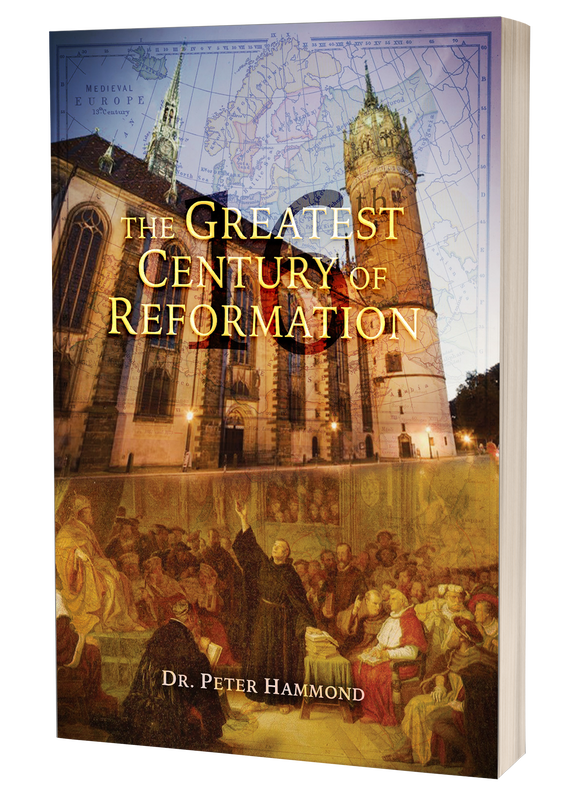

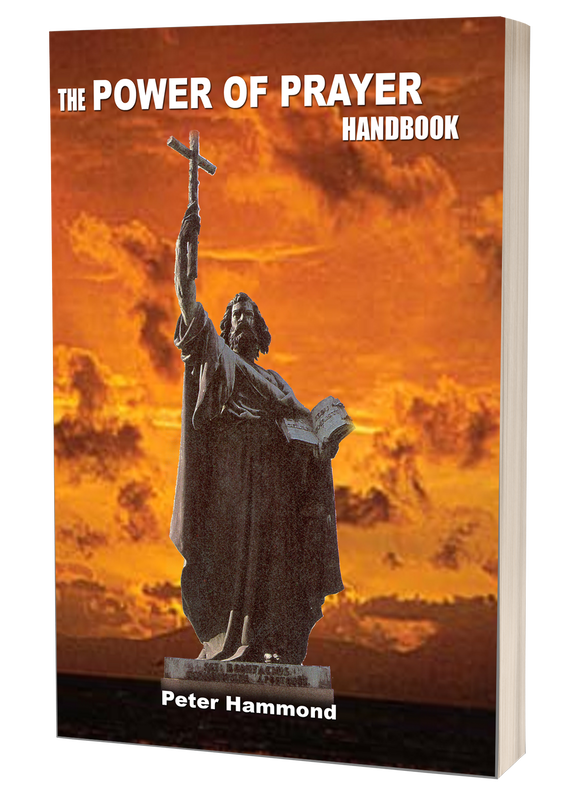
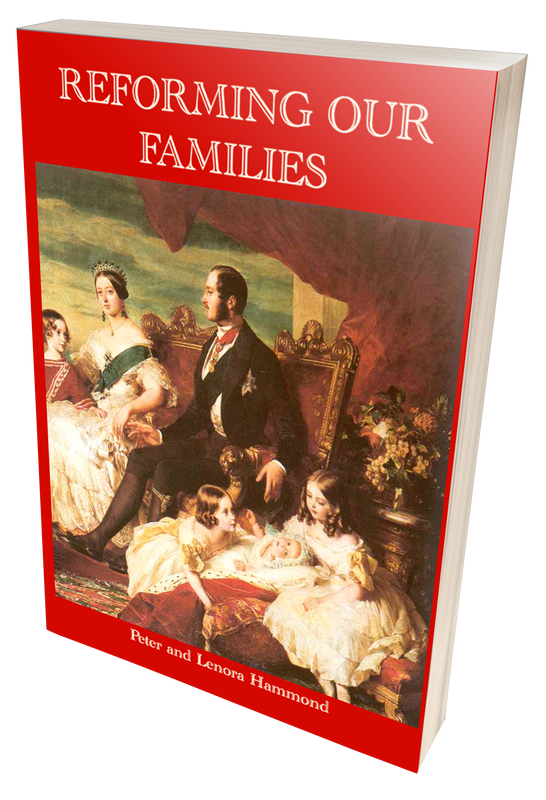
 RSS Feed
RSS Feed
